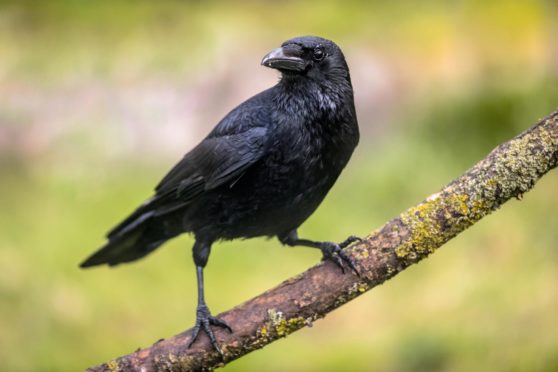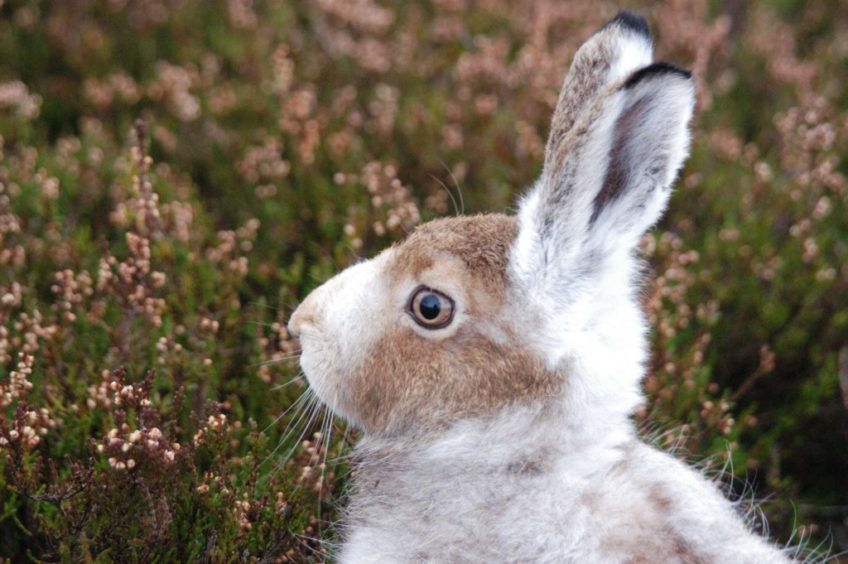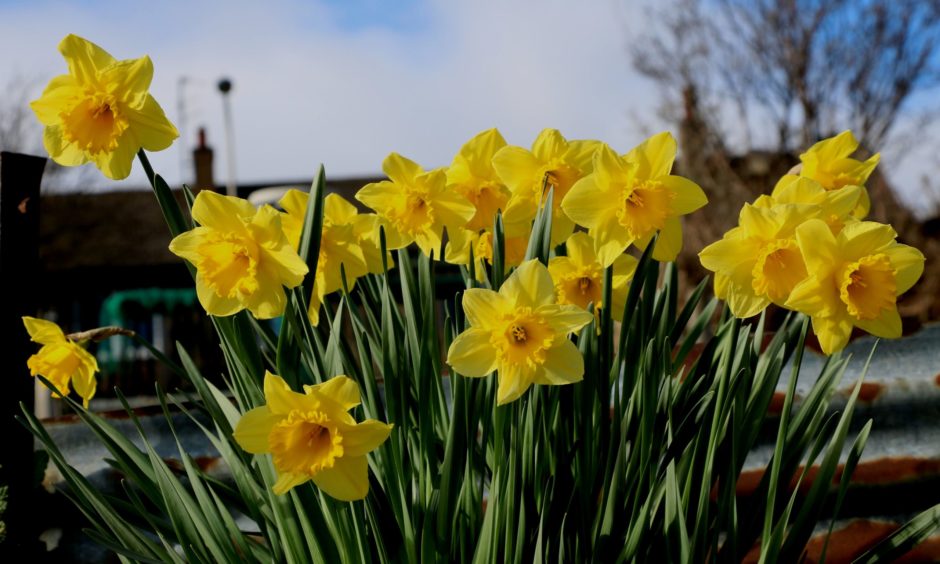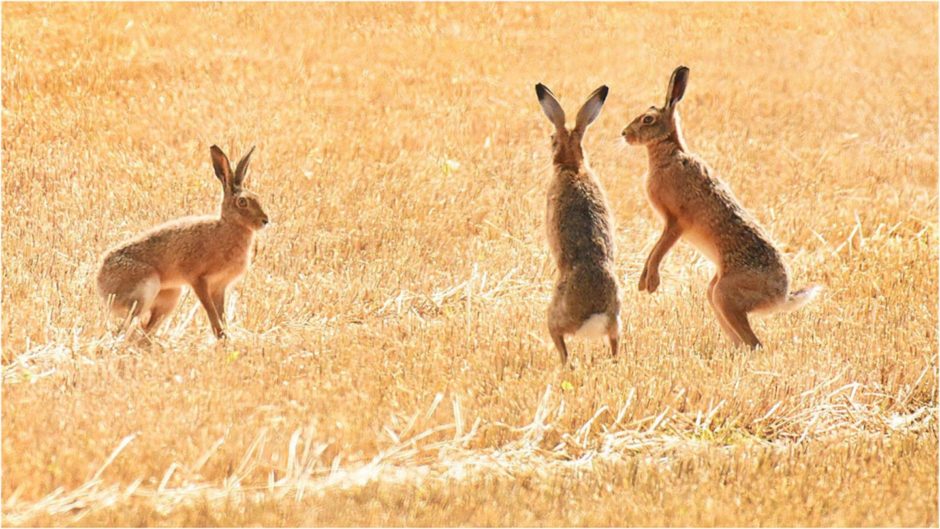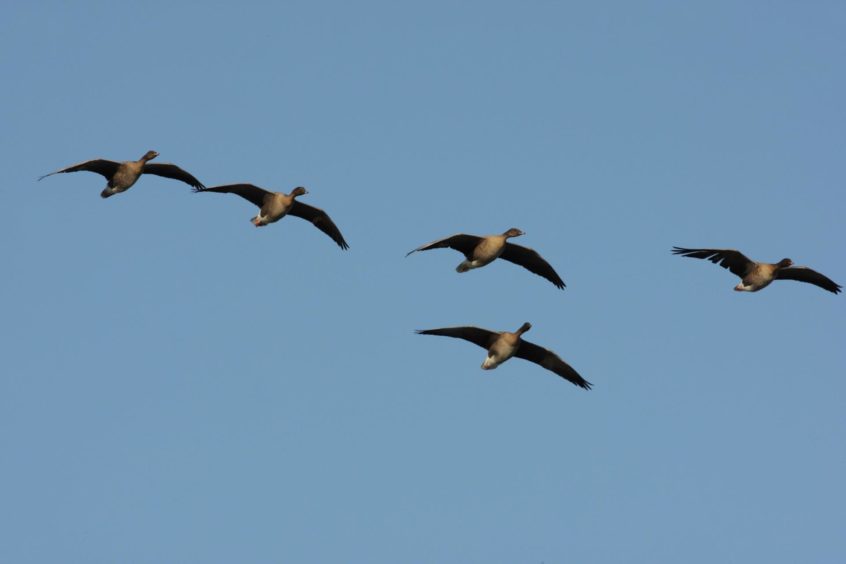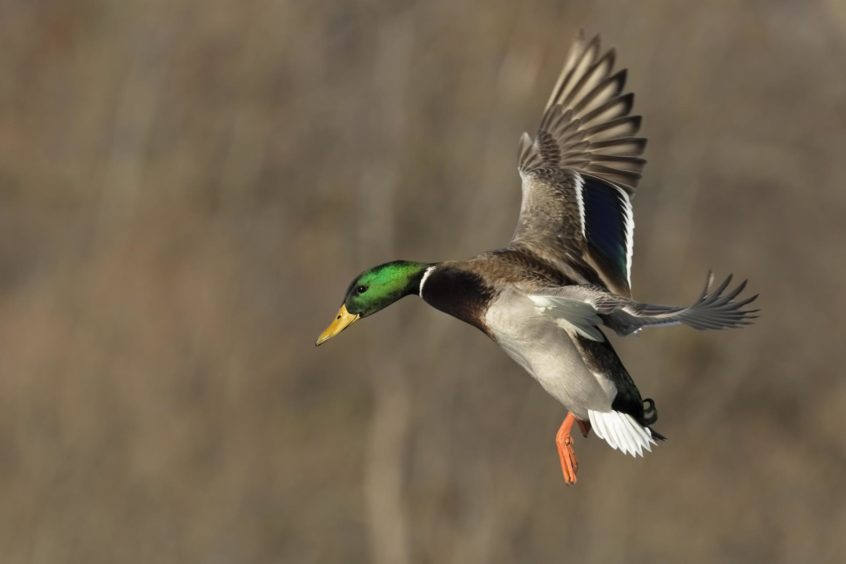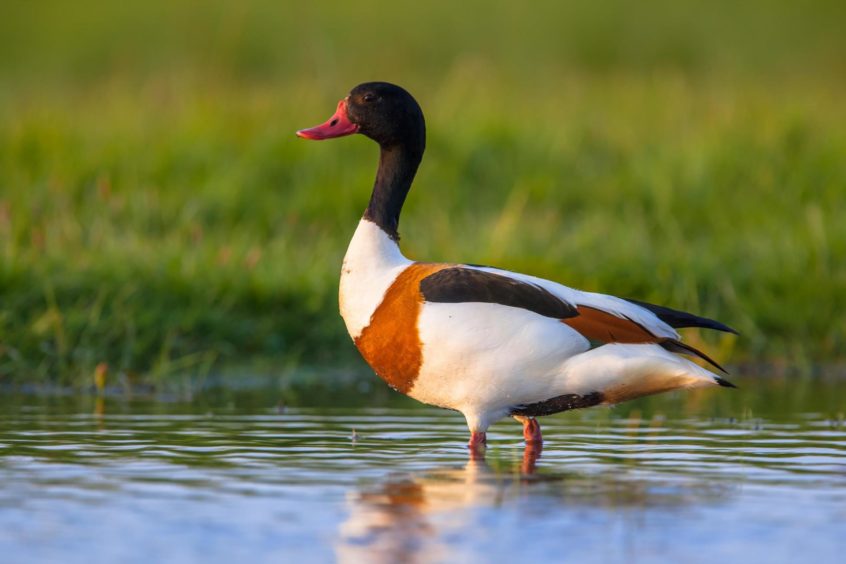I see that March 1 has been designated National Mountain Hare Day.
These are our native mountain hares whose coats turn white in wintertime – only the tips of their ears stay black – as camouflage against the snow, protecting them from their main predators, eagles and foxes.
In spring and summer their coats change to light brown with a bluey tinge – blue hares they are called then – as another camouflage deception, making it difficult to see them against the backdrop of heather moorland.
The low ground brown hares which were introduced to Britain by the Romans are larger and heavier animals and their coats stay brown all year round. So far as I’m aware the brown hares have not yet been awarded a dedication day.
A feast of golden daffodils
The mountain hares share the date with St David, patron saint of Wales, whose day the Welsh celebrate by wearing daffodils in their lapels.
We had friends who joined our family for a week every Easter for 11 years to holiday at St Drostan’s Lodge, a self-catering holiday lodge at Tarfside in Glenesk, and the husband’s party trick was to eat daffodils at breakfast.
We all worried what the outcome might be as daffodil bulbs are toxic and can cause nausea, vomiting, diarrhoea and other unsavoury side effects if eaten. However, Ian survived unscathed though we reckoned that any noxious effects of the flowers were offset by the copious amounts of whisky he had consumed the night before.
The white mountain hares also share their dedication day with the start of meteorological spring which comprises the months of March, April and May.
The succeeding seasons follow in three monthly periods, which is all neat and tidy.
However, an element of confusion enters into any discussion about just which is the first day of spring. If you are an astronomical spring enthusiast it will fall on March 20, the vernal or spring equinox, when the days get longer and brighter.
Put your trust in nature
I relate the start of spring to the behaviour of the wildlife. When mallard and wigeon are pairing up on the ponds Inka and I walk to, and the partridge coveys break up and the birds pair off I reckon spring has arrived.
Mad March hares boxing in the fields aren’t two bucks fighting over a doe but does fighting off the unwanted attention of bucks before the does are ready to mate.
In her poem, Spring Gangs By Me, Montrose-born Helen Cruickshank marks the arrival of the season as the moment when the bumble bees emerge from their winter nests and start feeding on the catkin pollen.
The gairy-bee gangs by me
Bummin’ wi’ the news,
Pollen o’ the catkins
Yalla on his trews.
The cordial o’ springtime
Wiles him frae his byke
To feast amang the willow-saughs
By the rushin’ syke.
Spring is also the season of goodbyes
I see straggling chevrons of greylag and pinkfooted geese flying high and north and I wonder if they are heading for the Loch of Strathbeg, near Fraserburgh.
They will congregate there and wait for the time when the call to fly back to their summer breeding grounds in Iceland and Greenland and Spitsbergen becomes irresistible.
Following immemorial flight lines they fly more than a thousand miles, returning as often as not to their previous year’s nest – just a scrape in the ground lined with grasses and down, where they lay four to six eggs.
The sounds of spring are getting persistent. The return of the oystercatchers from overwintering on the coast is a sure sign that spring is not far off.
I heard their first kleep, kleep calls about 10 days ago when I was out last thing with Inka. Really a coastal bird, they have long adapted to coming inland to nest.
The Doyenne has been hearing greater spotted woodpeckers drumming on old trees in the policy woods round the big hoose.
We look forward to their visits to the peanut feeders in the garden, but they have been absent so far this year. And the goldfinches have deserted the nyger seeds which is strange but I’ve high hopes they’ll return.
Out for a duck with this reader request
I made a careless mistake identifying a species of duck, which I don’t think I do often. A reader sent a picture of a duck with white flanks, dark head and chestnut shoulders and asked if it was a white mallard. Without looking at it properly I fired back that it was a mallard drake in breeding plumage.
If nothing else I should have noticed that the duck in the photo has a scarlet bill, and a mallard drake’s bill is yellow. It was a shelduck, which is noticeably bigger than a mallard. Must try harder in future.
And as an ecclesiastical afterthought, tomorrow is the first Sunday in March, otherwise Crow Sunday, an important day for crows in Scotland when traditionally they start to build their nests. So if you see a crow flying by with a twig in its beak, you’ll know the crow knows it too.
